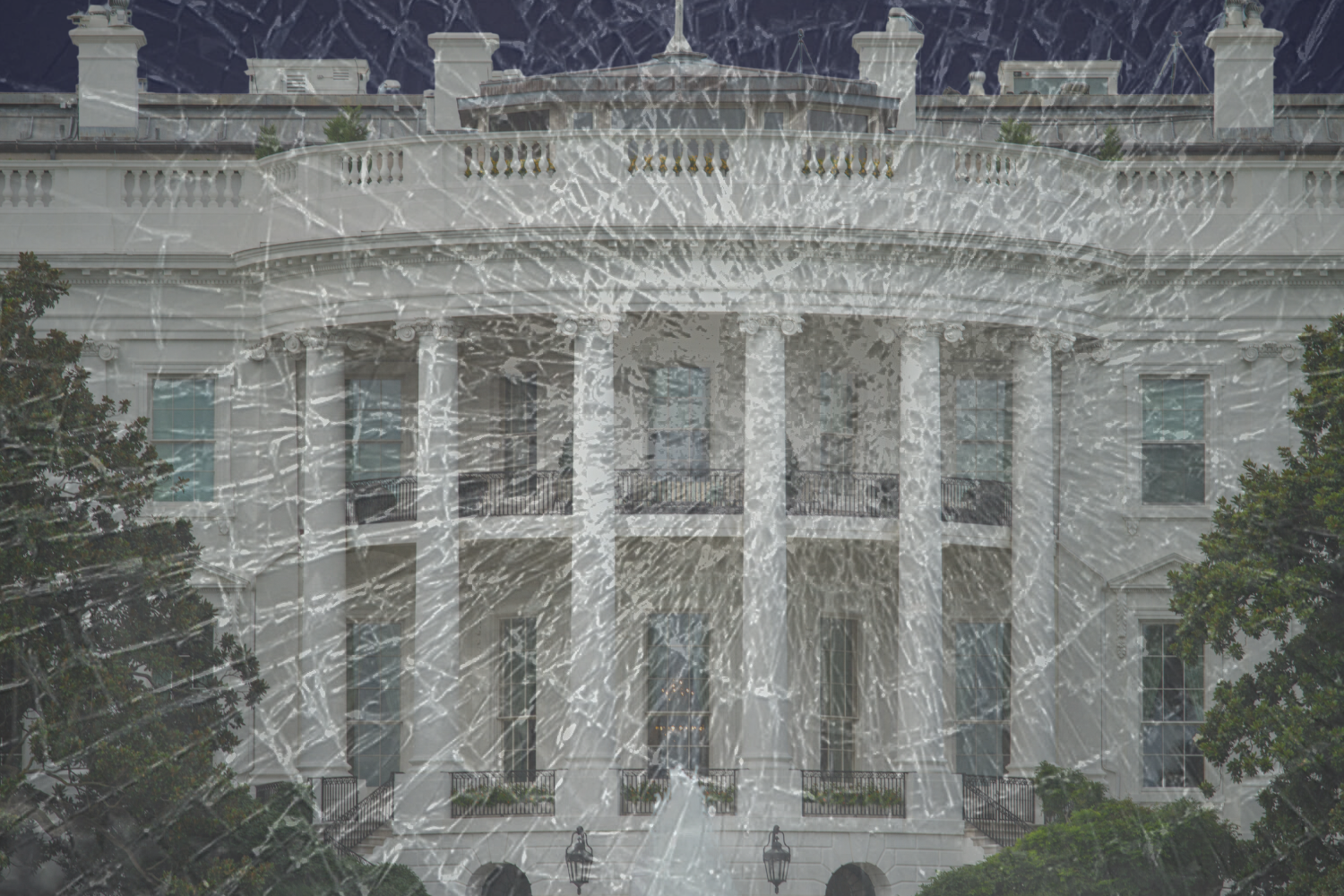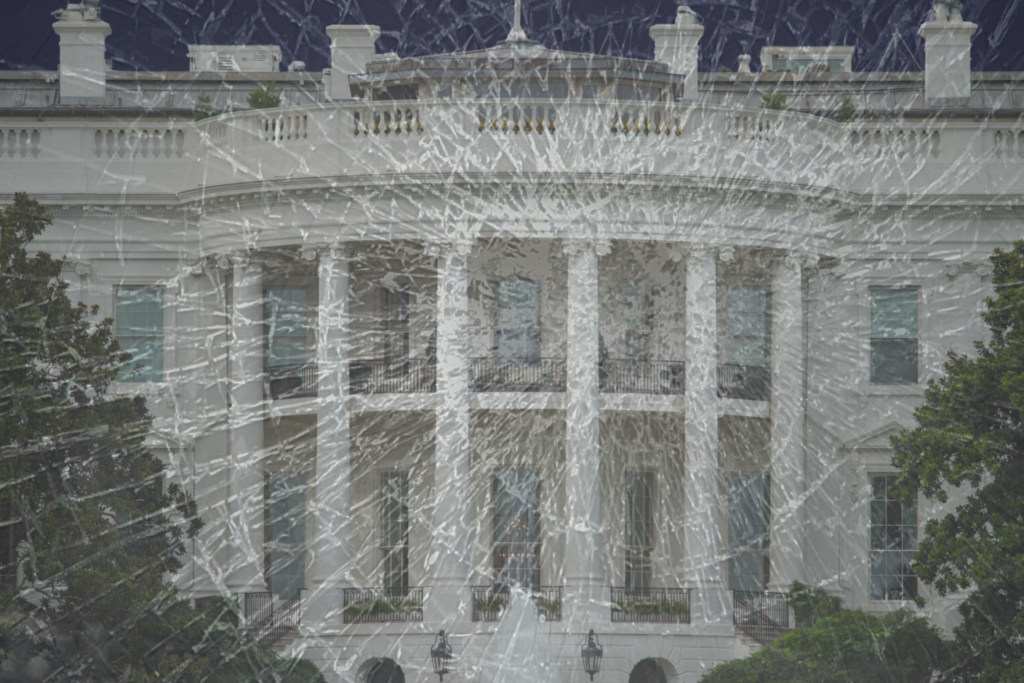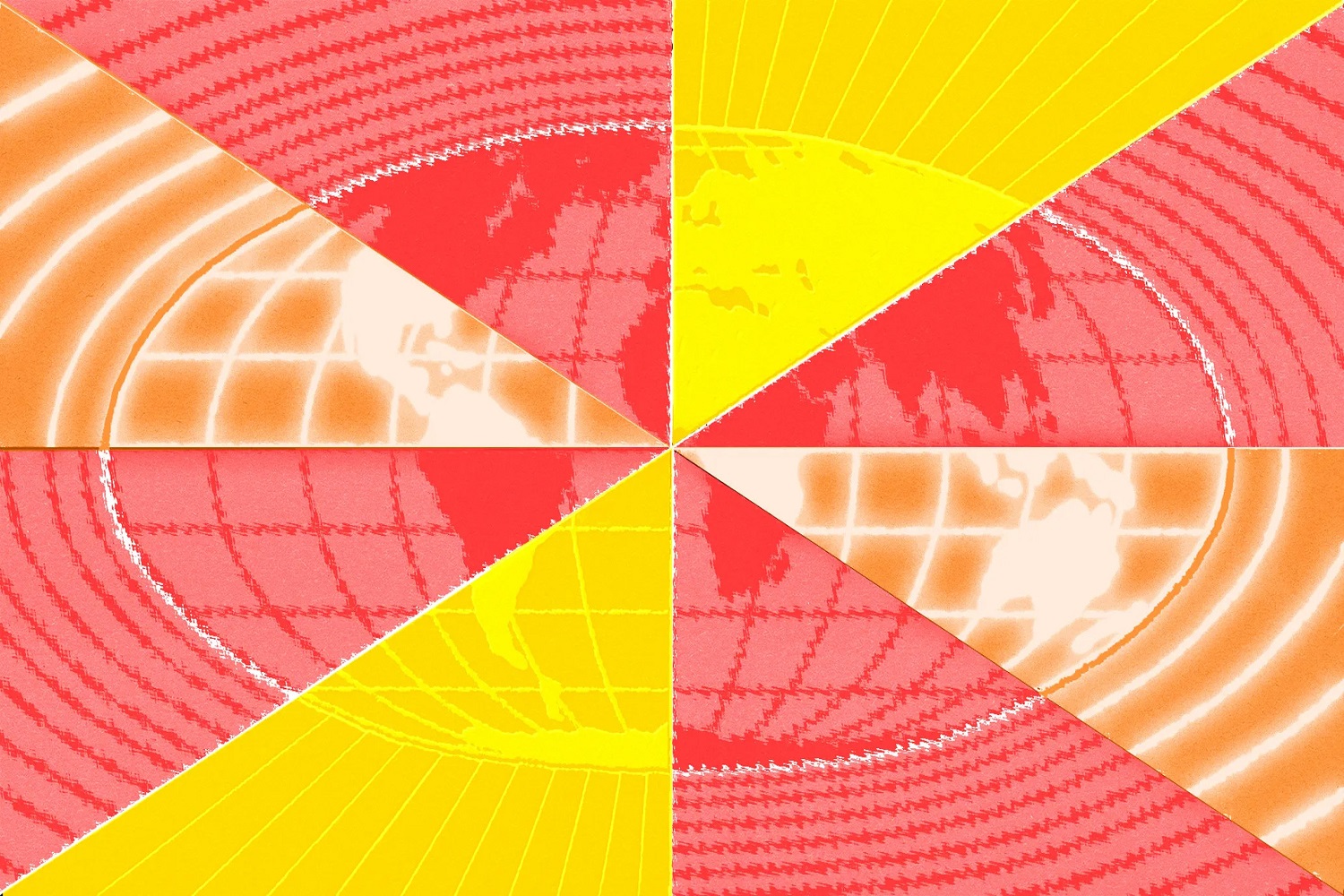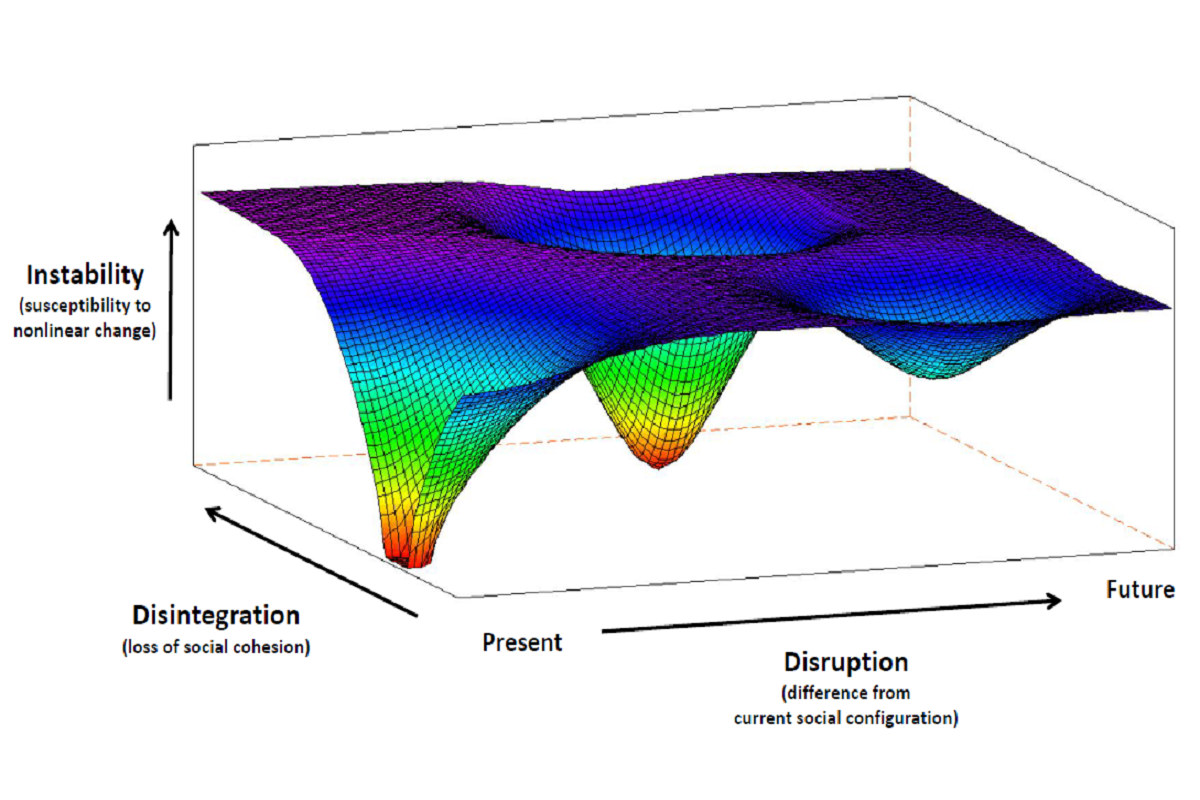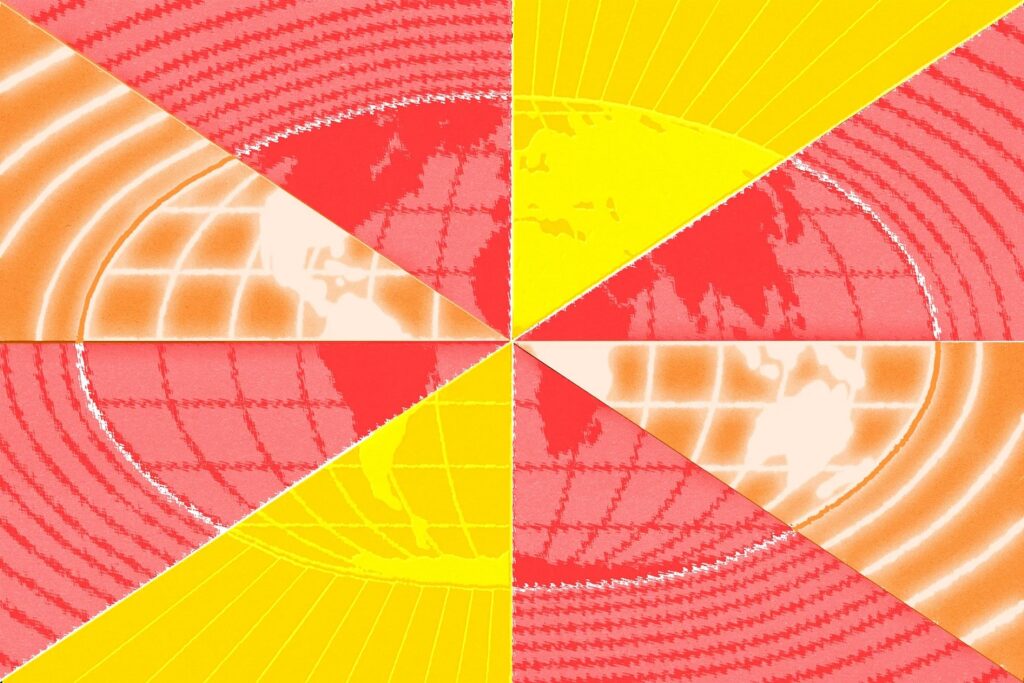Interventions for rapid global change
A Canadian research centre addressing urgent and entangled global problems. We anticipate future crises and identify high-leverage interventions to change humanity's course for the better.
Interventions for Rapid Global Change
A Canadian research centre addressing urgent and entangled global problems. We anticipate future crises and identify high-leverage interventions to change humanity's course for the better.
PROGRAMS
Impact 2024: How Donald Trump’s Reelection Could Amplify Global Inter-systemic Risk
Thomas Homer-Dixon, Luke Kemp, Michael Lawrence, Megan Shipman
The report precisely assesses how a second Trump administration could supercharge global economic, geopolitical, environmental, and pandemic risks and how those risks could then combine to escalate the world's already severe polycrisis.Polycrisis Research and Action Roadmap
Michael Lawrence, Megan Shipman, Scott Janzwood, Constantin Arnscheidt, Jonathan Donges, Thomas Homer-Dixon, Christian Otto, Pia-Johanna Schweizer, Nico Wunderling
This report offers a concise yet comprehensive snapshot of the emerging field of polycrisis analysis, including gaps, opportunities, and potential priorities.Ultradeep Geothermal Research and Action Roadmap
Leighton Gall, Dave Lovekin, Rebecca Pearce, Emily Smejkal
This Roadmap outlines a plan to advance ultradeep geothermal power—that is, geothermal systems with depths greater than 5 km—to commercial operation in Canada.Drilling for Superhot Geothermal Energy: A Technology Gap Analysis
Rebecca Pearce, Tony Pink
This report reviews state-of-the-art deep geothermal drilling and well-construction technologies, identifies existing technology gaps, and suggests strategies to overcome these gaps.Introduction to Polycrisis Analysis
Michael Lawrence, Megan Shipman, and Thomas Homer-Dixon
This guide presents the Cascade Institute’s framework for polycrisis analysis. It introduces an integrated set of concepts that clarifies interactions between global systemic crises and the potential outcomes of those interactions. It is intended to help governments, firms, and communities see through the fog currently surrounding global risks more effectively, so they can better anticipate and respond to emerging threats.Positive Pathways through Polycrisis
Michael Lawrence and Megan Shipman
This report explores how polycrisis analysis can help us navigate through polycrisis and pursue "positive pathways" to better futures.Impact 2024: How Donald Trump’s Reelection Could Amplify Global Inter-systemic Risk
Thomas Homer-Dixon, Luke Kemp, Michael Lawrence, Megan Shipman
The report precisely assesses how a second Trump administration could supercharge global economic, geopolitical, environmental, and pandemic risks and how those risks could then combine to escalate the world's already severe polycrisis.Drilling for Superhot Geothermal Energy: A Technology Gap Analysis
Rebecca Pearce, Tony Pink
This report reviews state-of-the-art deep geothermal drilling and well-construction technologies, identifies existing technology gaps, and suggests strategies to overcome these gaps.Ultradeep Geothermal Research and Action Roadmap
Leighton Gall, Dave Lovekin, Rebecca Pearce, Emily Smejkal
This Roadmap outlines a plan to advance ultradeep geothermal power—that is, geothermal systems with depths greater than 5 km—to commercial operation in Canada.Polycrisis Research and Action Roadmap
Michael Lawrence, Megan Shipman, Scott Janzwood, Constantin Arnscheidt, Jonathan Donges, Thomas Homer-Dixon, Christian Otto, Pia-Johanna Schweizer, Nico Wunderling
This report offers a concise yet comprehensive snapshot of the emerging field of polycrisis analysis, including gaps, opportunities, and potential priorities.Key to Canada’s Growth? Recall the Role of Public Money in Developing Alberta Oil
Emily Smejkal, Peter Massie, and Thomas Homer-Dixon
This Globe and Mail opinion piece explores the potential for Canada's AOSTRA model (Alberta Oil Sands Technology and Research Authority) to serve as a blueprint for support energy innovation.Why So Much is Going Wrong at the Same Time
Thomas Homer-Dixon
This Vox article argues that the world is in a polycrisis generated by novel and unprecedented conditions, as measured by total human energy consumption, Earth’s energy imbalance, the human population’s total biomass, and global connectivity.Getting to Enough
Presentation by Thomas Homer-Dixon
A graphical illustration of the dilemma that's destroying our world—and how we're going to solve it.The American polity is cracked, and might collapse. Canada must prepare
Globe and Mail article by Thomas Homer-Dixon — By 2025, American democracy could collapse, causing extreme domestic political instability, including widespread civil violence. By 2030, if not sooner, the country could be governed by a right-wing dictatorship.
What Happens When a Cascade of Crises Collide?
New York Times article by Thomas Homer-Dixon and Johan Rockström — Today’s mess is best understood as a global polycrisis—a term which implies that humanity is dealing with a complex knot of seemingly distinct but actually deeply entangled crises.





